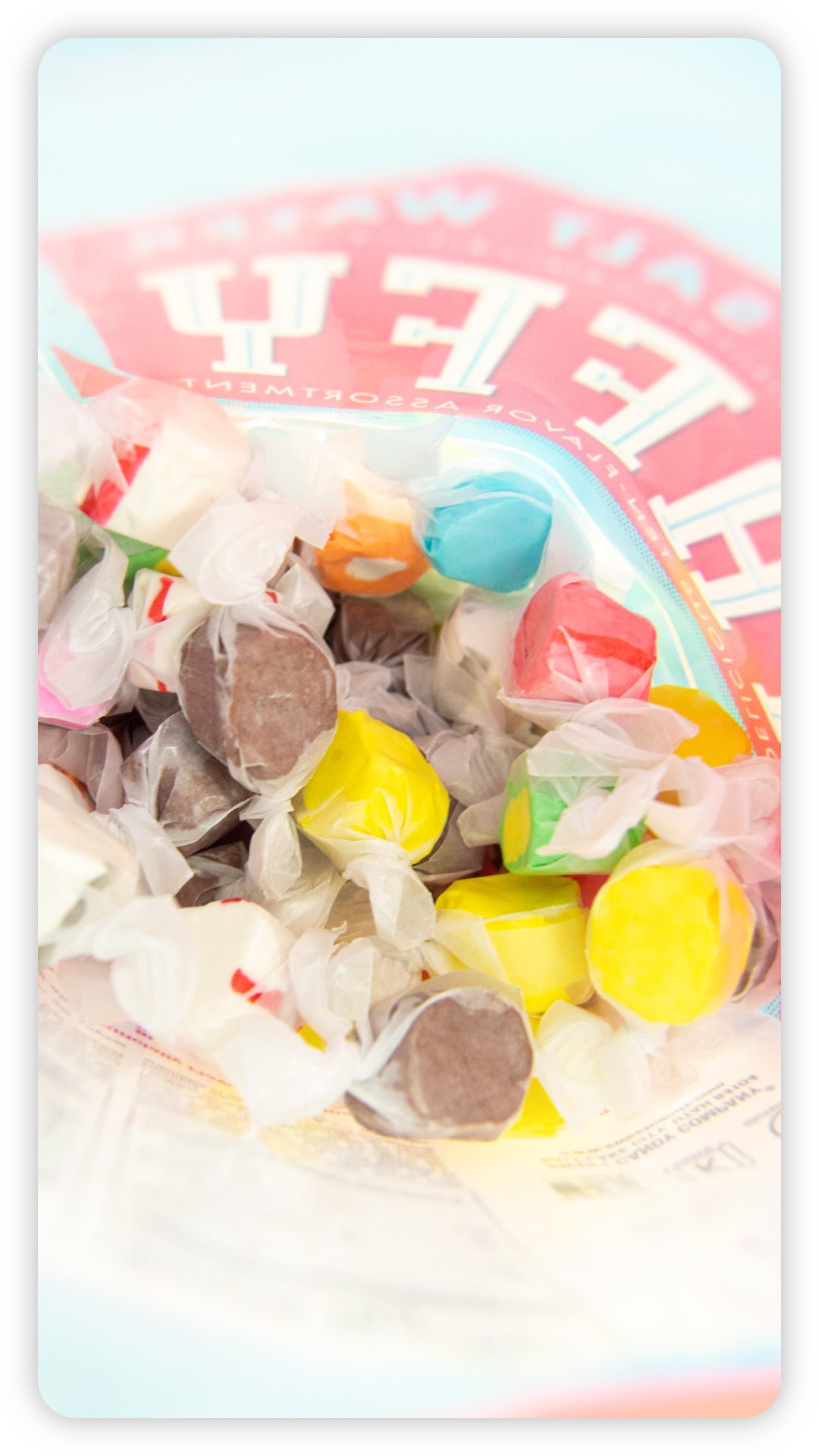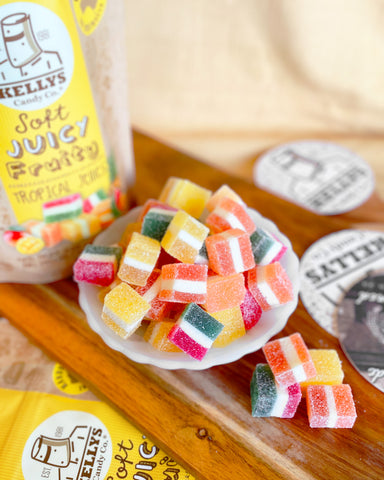Some Known Incorrect Statements About I Luv Candi
Table of ContentsLittle Known Questions About I Luv Candi.The Basic Principles Of I Luv Candi Excitement About I Luv CandiThe Only Guide to I Luv CandiGet This Report about I Luv Candi
We have actually prepared a whole lot of business prepare for this kind of task. Right here are the common customer sections. Client Section Description Preferences How to Discover Them Kids Youthful clients aged 4-12 Colorful candies, gummy bears, lollipops Partner with local institutions, host kid-friendly events Teenagers Adolescents aged 13-19 Sour candies, uniqueness items, trendy treats Engage on social networks, collaborate with influencers Parents Adults with young kids Organic and healthier choices, timeless sweets Offer family-friendly promotions, market in parenting publications Pupils University and college students Energy-boosting sweets, budget friendly treats Companion with nearby schools, promote during examination periods Gift Shoppers People trying to find presents Costs chocolates, gift baskets Develop eye-catching displays, supply adjustable gift alternatives In examining the economic dynamics within our candy shop, we have actually discovered that customers generally invest.Observations suggest that a normal customer often visits the store. Particular periods, such as holidays and unique occasions, see a surge in repeat check outs, whereas, during off-season months, the regularity could decrease. pigüi. Computing the lifetime worth of an average consumer at the candy shop, we approximate it to be
With these elements in consideration, we can reason that the typical earnings per client, over the course of a year, hovers. The most rewarding consumers for a sweet store are frequently households with young youngsters.
This demographic often tends to make regular acquisitions, increasing the store's profits. To target and attract them, the sweet-shop can utilize vivid and playful advertising and marketing techniques, such as lively display screens, catchy promotions, and probably even hosting kid-friendly events or workshops. Producing an inviting and family-friendly atmosphere within the store can also improve the total experience.
The 7-Second Trick For I Luv Candi
You can likewise approximate your own profits by using different presumptions with our monetary plan for a sweet-shop. Typical regular monthly income: $2,000 This sort of sweet-shop is usually a little, family-run business, probably recognized to residents however not drawing in multitudes of vacationers or passersby. The store might offer a selection of usual sweets and a few homemade treats.
The shop does not normally bring rare or expensive items, concentrating instead on affordable deals with in order to preserve regular sales. Thinking a typical costs of $5 per customer and around 400 consumers monthly, the monthly earnings for this sweet-shop would certainly be around. Typical monthly earnings: $20,000 This candy shop take advantage of its strategic area in a busy city location, drawing in a lot of clients searching for sweet extravagances as they shop.
In enhancement to its diverse sweet selection, this shop could likewise sell relevant products like gift baskets, sweet bouquets, and uniqueness things, supplying multiple revenue streams - carobana. The shop's location needs a higher budget plan for rental fee and staffing however brings about higher sales volume. With an approximated average costs of $10 per consumer and regarding 2,000 consumers per month, this store could generate
Fascination About I Luv Candi
Situated in a significant city and vacationer location, it's a big establishment, usually spread out over numerous floorings and potentially part of a national or worldwide chain. The store provides an immense selection of candies, including exclusive and limited-edition things, and goods like top quality apparel and devices. It's not simply a store; it's a location.
These attractions assist to attract thousands of visitors, dramatically increasing prospective sales. The functional costs for this kind of shop are considerable due to the location, dimension, personnel, and features provided. Nevertheless, the high foot traffic and average costs can result in considerable revenue. Assuming an ordinary acquisition of $20 per customer and around 2,500 consumers each month, this front runner store might accomplish.
Group Examples of Costs Ordinary Regular Monthly Cost (Range in $) Tips to Minimize Expenditures Rental Fee and Utilities Store rent, power, water, gas $1,500 - $3,500 Think about a smaller sized place, bargain rent, and make use of energy-efficient illumination and devices. Inventory Candy, snacks, product packaging materials $2,000 - $5,000 Optimize stock administration to lower waste and track preferred products to stay clear of overstocking.
Advertising And Marketing Printed products, on-line ads, promotions $500 - $1,500 Focus on cost-efficient electronic marketing and utilize social media systems for cost-free promotion. carobana. Insurance policy Service responsibility insurance $100 - $300 Search for competitive insurance coverage rates and consider bundling plans. Devices and Upkeep Money registers, display racks, repair services $200 - $600 Buy previously owned devices when possible and do regular maintenance to prolong tools lifespan
10 Easy Facts About I Luv Candi Explained
Bank Card Processing Costs Fees for processing card settlements $100 - $300 Bargain lower handling charges with payment cpus or explore flat-rate choices. Miscellaneous Workplace supplies, cleansing supplies $100 - $300 Acquire in bulk and try to find discounts on products. A sweet-shop comes to be profitable when its total earnings exceeds its total set costs.

A big, well-located candy shop would clearly have a higher breakeven factor than a little store that does not need much earnings to cover their costs. Interested regarding the profitability of your sweet store? Try our straightforward economic plan crafted for sweet-shop. Just input your very own assumptions, and it will help you compute the quantity you need to gain in order more helpful hints to run a successful company.
Getting The I Luv Candi To Work

Last but not least, economic declines that lower customer investing can affect candy shop sales and profitability, making it essential for candy stores to handle their expenditures and adjust to changing market problems to remain lucrative. These threats are commonly consisted of in the SWOT analysis for a sweet shop. Gross margins and net margins are essential indicators used to gauge the productivity of a sweet-shop organization.
Basically, it's the revenue remaining after deducting costs straight pertaining to the candy inventory, such as acquisition prices from vendors, production costs (if the sweets are homemade), and personnel salaries for those involved in manufacturing or sales. Web margin, on the other hand, factors in all the expenditures the sweet-shop incurs, consisting of indirect prices like administrative expenses, advertising and marketing, rent, and tax obligations.
Sweet stores normally have an average gross margin.For instance, if your candy shop earns $15,000 per month, your gross revenue would certainly be roughly 60% x $15,000 = $9,000. Take into consideration a candy shop that marketed 1,000 candy bars, with each bar priced at $2, making the complete revenue $2,000.